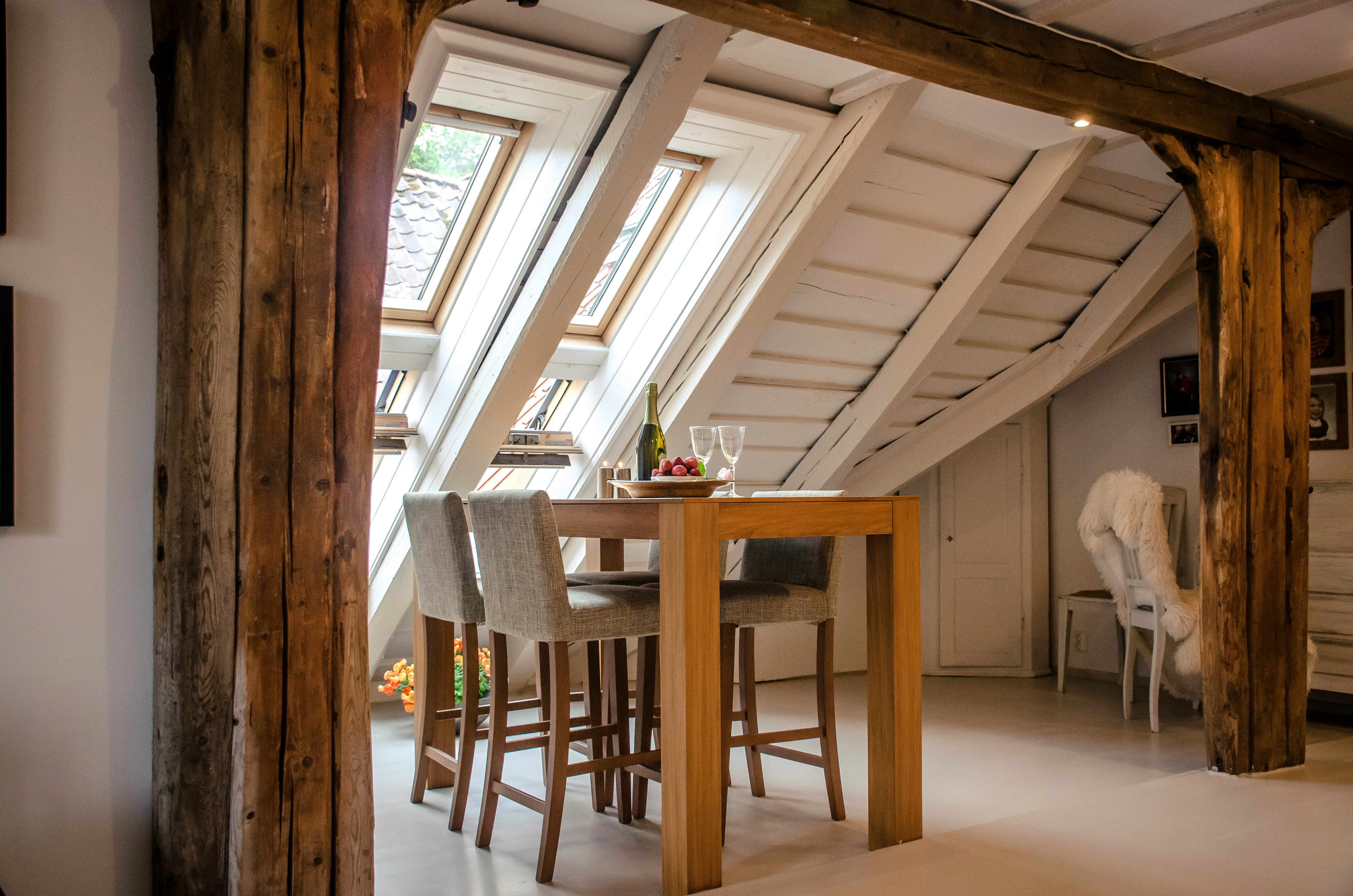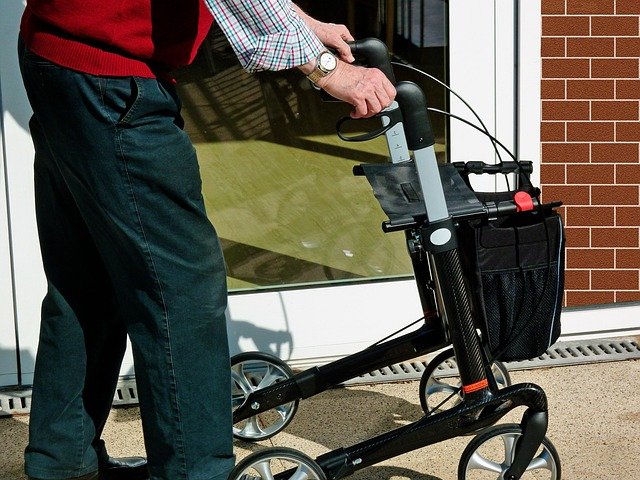The Charm and Appeal of Industrial Chic in Modern Homes
Introduction Industrial chic, a design trend on the rise, combines the rawness of factory elements with the sophistication of modern design. It is an exciting contrast that has been capturing the attention of interior design enthusiasts, transforming homes into stylish, functional spaces.

The Origins of Industrial Chic
Industrial Chic, often referred to as Industrial Loft or Urban Industrial design, traces its roots back to the 1970s. The trend first emerged in the warehouse districts of major cities where artists began to convert old, disused factories into live-work spaces. These spaces, characterized by their high ceilings, bare brick walls, and exposed pipes and ductwork, were a far cry from traditional home designs. The raw, utilitarian aesthetic was so distinct and refreshing that it quickly caught on, evolving into the design movement we now know as Industrial Chic.
The Modern Industrial Chic Aesthetic
Today, the Industrial Chic trend is a popular choice for urban dwellers, particularly those living in loft apartments or converted warehouses. However, it’s not just limited to city spaces. Many homeowners are bringing this aesthetic into suburbia, drawn by its edgy, modern appeal. The trend emphasizes open spaces, neutral color palettes, and a mix of raw materials like metal, wood, and concrete. Vintage industrial pieces, such as old factory lamps or hardware, are often used as accent pieces, adding a touch of authenticity to the look.
Practicality and Functionality
Industrial Chic is not just about aesthetics; it’s also highly practical. The use of durable materials like metal and wood means the design is built to last. The open floor plan, a common feature in this style, creates a versatile space that can be easily adapted to fit changing needs. Plus, the minimalist nature of Industrial Chic means there’s less clutter, making it easier to maintain a clean, organized home.
Market Trends and Impact on Daily Living
In recent years, Industrial Chic has become a coveted design trend, influencing not just home interiors but also commercial spaces like restaurants and offices. Its popularity is reflected in the growing market for industrial-style furniture and home accessories.
The impact of this trend on daily living is significant. The open, flexible space encourages social interaction and collaboration, making it a great choice for homes where entertaining is a priority. The raw, minimalist aesthetic can also have a calming effect, reducing stress and promoting relaxation.
The Future of Industrial Chic
While trends come and go, the appeal of Industrial Chic seems enduring. As sustainability becomes increasingly important, the trend’s emphasis on repurposing and recycling old industrial items aligns perfectly with eco-conscious values. Moreover, as urbanization continues at a rapid pace, the demand for stylish, functional spaces in cities is likely to increase, further driving the popularity of Industrial Chic.
Conclusion
Industrial Chic is more than just a design trend—it’s a lifestyle choice. Its unique blend of raw industrial elements and modern sophistication creates a living space that’s not only stylish but also practical and comfortable. As we continue to seek out designs that reflect our modern, urban lifestyles, Industrial Chic is likely to remain a popular choice for many years to come.




